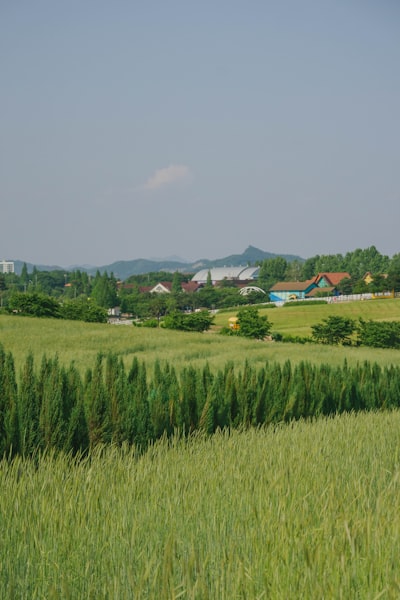Overview
The Grain Management Act (Yanggokbeop, 양곡법) is a foundational law in the Republic of Korea that governs the production, distribution, stockpiling, and trade of major grains, most notably rice. Established to stabilize domestic grain supply, regulate market fluctuations, and ensure food security, the Act provides the government with powers to intervene in the grain market under specific conditions, such as surplus production or sharp price changes.
Background and Purpose
The origins of the Grain Management Act can be traced to the post-Korean War era, when food insecurity and fluctuations in agricultural production led to severe social and economic instability. Subsequent economic growth and changes in dietary patterns have shifted South Korea from being a net importer to a self-sufficient, and at times surplus, rice producer. The Act was enacted to address these needs, primarily aiming to stabilize rice prices, protect rural livelihoods, and guarantee domestic food self-sufficiency.
Key Provisions
- Intervention and Stockpiling: The Act authorizes the Ministry of Agriculture, Food and Rural Affairs to purchase surplus rice and other grains from the market, manage reserves, and release stockpiles during shortages.
- Market Regulation: It includes mechanisms for controlling grain imports and exports, and for managing annual production targets through guidance and incentives to farmers.
- Price Stabilization: Through government procurement and controlled release, the Act seeks to buffer against extreme price volatility, safeguarding both producers and consumers.
- Support Policies: The law also establishes the framework for providing subsidies and technical support to farmers, especially in the event of market or climate disruptions.
Issues and Debates
Debate around the Act has intensified in recent years due to consistently declining rice consumption, surplus stockpiles, and growing fiscal burdens from government intervention. Critics argue that guaranteed government purchases encourage overproduction and inefficiency, while supporters emphasize the necessity of market stabilization and rural support.
Recent Developments
Revisions to the Grain Management Act have been periodically proposed to address contemporary challenges. Proposed and enacted amendments have focused on:
- Refining the conditions under which government purchases occur,
- Enhancing transparency in stockpile management,
- Incorporating more flexible and market-oriented mechanisms for responding to surplus and deficit conditions. These amendments aim to strengthen effectiveness while balancing economic, social, and environmental concerns.
Wider Significance
The Grain Management Act forms a central pillar in Korean agricultural policy and is closely related to other important agricultural laws addressing farm income stabilization, farmland use, and rural structure. Changes to the Act are indicative of broader efforts to modernize South Korea’s agricultural governance in the face of shifting demographics, globalized trade, and environmental challenges.
This article was inspired by the headline: '농식품부, 양곡법 등 농업 4법 개정 속도‥"효과적 대안 낼 것" - MBC 뉴스'.

Comments
No comments yet. Be the first to comment!